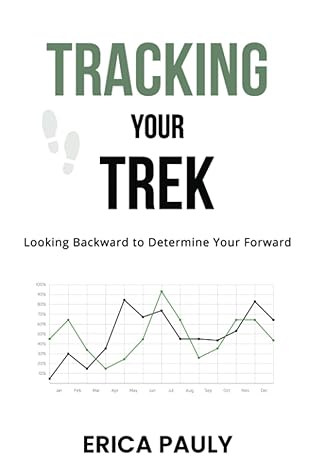Question
The COVID-19 pandemic has led to a dramatic loss of human life worldwide and presents an unprecedented challenge to public health, food systems and the
The COVID-19 pandemic has led to a dramatic loss of human life worldwide and presents an unprecedented challenge to public health, food systems and the world of work. The economic and social disruption caused by the pandemic is devastating. Tens of millions of people are at risk of falling into extreme poverty, while the number of undernourished people, currently estimated at nearly 690 million, could increase by up to 132 million by the end of the year. Millions of enterprises face an existential threat. Nearly half of the worlds 3.3 billion global workforce are at risk of losing their livelihoods. Informal economy workers are particularly vulnerable because the majority lack social protection and access to quality health care and have lost access to productive assets. Without the means to earn an income during lockdowns, many are unable to feed themselves and their families. For most, no income means no food, or, at best, less food and less nutritious food. The COVID-19 pandemic has forced many organizations to undergo significant transformation, rethinking key elements of their business processes and use of technology to maintain operations whilst adhering to a changing landscape of guidelines and new procedures. Many countries are under lockdown environments, and organizations have been forced to adopt new ways of business using new digital systems for communication and to completely rethink their business models to adapt to the realities of the COVID-19 environment. Given the new normal, governments, companies and individuals alike are having to fight for their survival. Government services like education, health, water supply, electricity, internal security must continue to be provided. Companies have been forced to close businesses in compliance to restrictive conditions imposed by government. How can these services be provided under social distancing rules and lockdowns?
Required Discuss 5 instances in detail on how information technology has been employed to manage the COVID 19 pandemic within governments and businesses. Provide at least two advantages and two disadvantages for each of the 5 instances.
Step by Step Solution
There are 3 Steps involved in it
Step: 1

Get Instant Access to Expert-Tailored Solutions
See step-by-step solutions with expert insights and AI powered tools for academic success
Step: 2

Step: 3

Ace Your Homework with AI
Get the answers you need in no time with our AI-driven, step-by-step assistance
Get Started


